The Faculty of Fine Arts at the Egyptian Russian University in the context of the new republic:
The academic design of the College of Fine Arts - with its major and minor disciplines - came in response to the strategic directions adopted by the contemporary Egyptian state, which seeks to build an integrated human environment that improves the quality of life in all its activities, through the combination of arts and sciences together. Urgent implementation plans have been developed to address environmental distortions resulting from urban and random population growth, which negatively affected the interactive relationship between man and his ecological system with its three components; Natural, social and industrial.
In parallel, Egypt has been interested in developing future urban plans and systems that address the environmental standards surrounding humans in their various dimensions, in terms of seeking to design and create urban spaces that enhance the natural, social, cultural and physical environment with aesthetic standards, by adopting the theories of fine arts and environmental design and their applications, which contribute to the design of an integrated spatial environment. These elements guarantee the human being to practice life with its integrated activities in the best possible way.
The faculty then adopted educational program that make renewable arts and designs technology a basic pillar supporting all its different disciplines within the framework of an integrated interactive curriculum.
The faculty was also keen to include in its programs courses that enhance the process of creative interaction and community participation, in addition to other training programs that contribute with specialized courses to qualifying students for the labor market, in accordance with national and international standards, which depend on theory and application to form integrated knowledge that combines aesthetic experience and functional requirements. In light of the specific environmental standards in an interconnected and always evolving context, with its flexibility that allows for the absorption and adaptation of any new developments.
Education Methodology
The teaching methodology of the college is based on a multidisciplinary approach based on two axes as follows:
* The general preparation consists of:
The foundational year, Free Arts and Sciences Studies package; And a group of creative interaction and community participation courses.
Foundational Year (FOU): College students spend their first year of foundation, studying the basics of fine arts and design such as:
Drawing elements of life and the surrounding environment, color and design, shape and space, perspective, and sculpture ( constructing three- dimensional structures), as well as dealing with other media such as photography and other media included in the elective courses that enhance their knowledge of their specialized track. They also learn ways of critical creative and scientific thinking through the foundation year courses.
* Specialized preparation: Major and Secondary specializations.
The Faculty of Fine Arts at the Egyptian Russian University offers through its scientific departments a variety of majors in the fields of arts and design, where the student chooses after passing the foundation year one of the specializations to complete his studies to obtain a bachelor’s degree and in addition to this, the college system provides students with the opportunity to choose a secondary specialization chosen by the student from among a number of secondary specialization programs offered by scientific departments to cover most of the society’s needs of fine arts with its contemporary concepts and applications, where the student expands and completes his studies in a specific subject or program that adds complementary qualified experiences to the labor market.
Majors:
1- Department of Digital Media Arts:
- Cartoons
- Design of entertainment arts and digital games
- Motion designs
2- Department of Environmental Design
- Architecture and landscape design
- Interior architecture and furnishing
- Scenography
3- Department of Visual Arts:
- Photography and multimedia
- Sculpture and furnishing in a vacuum
- Artistic Print
4- Department of Dolls and Model Toys Design
5- Department of Visual Communication Arts
- Advertising design
- Graphic design
- Illustrative drawings
Secondary specializations:
Secondary specializations give undergraduate students the opportunity to expand the field of their studies in the specializations of fine arts and its data within teaching contemporary visual arts and the requirements of the labor market. Among the high school major programs offered by the college as electives, the student enrolled at the college and who is qualified to continue his study can choose one secondary program beside the major one with the approval of the relevant department councils, taking into account the academic load.
Secondary programs:
1- Advertising Design
2- Art History
3- The Art of the Book
4- Digital Media Arts
5-Ceramic Art
6- Landscaping and Garden Design
7- Interior Design
8- The Art of Photography
9- Photography
10- Sculpture and Installation in a Vacuum
11- printmaking
12- Graphic Design
13- Sustainability
14– Entrepreneurship
- - The college accepts students who have high school (general or Azhar), the scientific section (science & Math.) and the literary section or its equivalent from Arab or foreign certificates.
- - The college accepts non-Egyptian expatriate students who have an Egyptian high school diploma or its equivalent from Arab or foreign certificates. It also accepts students from graduates of advanced industrial technical schools (5-year system) within only 2% of the number of students admitted to the college, after they pass the abilities test held at the college and the equivalency tests for the central competition. This is in accordance with the terms and rules of admission determined by the Council of Private and National Universities and the Council of the University.
- The College Council may accept students who have a bachelor’s degree, or a diploma of technical institutes from other colleges, to study in the college, and the students are required to pass a general aptitude test or a qualified aptitude test held by the college, provided that the study is not less than two years.
- The College Council may accept students who have a bachelor’s degree in fine arts, art education, applied arts, specific education, and art education departments in the faculties of education, or any other faculties in Egypt and the Arab world who wish to study any of the college’s specializations. This is subject to admission terms proposed by the College Council and approved by the University Council.
- Students join the major specializations at the second level according to their desires, after passing the admission tests in the scientific departments, and fulfilling the rules and conditions set by the College Council.
- Admission to secondary programs starts from the second semester of the second level, according to the students' desires and the approval of the academic supervisor and concerned departments.
- -The student studies a secondary program and one of the optional programs offered by the college in addition to his main specialization.
-The student obtains a Bachelor of Fine Arts degree in one of the major disciplines offered by the college after successfully passing the number of credit hours for the program (160 hours), the minimum requirements for graduation, so that the study period is not less than four years and not more than ten years.
-The student can complete the graduation requirements of the credit hours in 8 semesters (fall and spring) upon completion of the number of credit hours for each level in the program in addition to two semesters (summer) with a total of 160 credit hours.
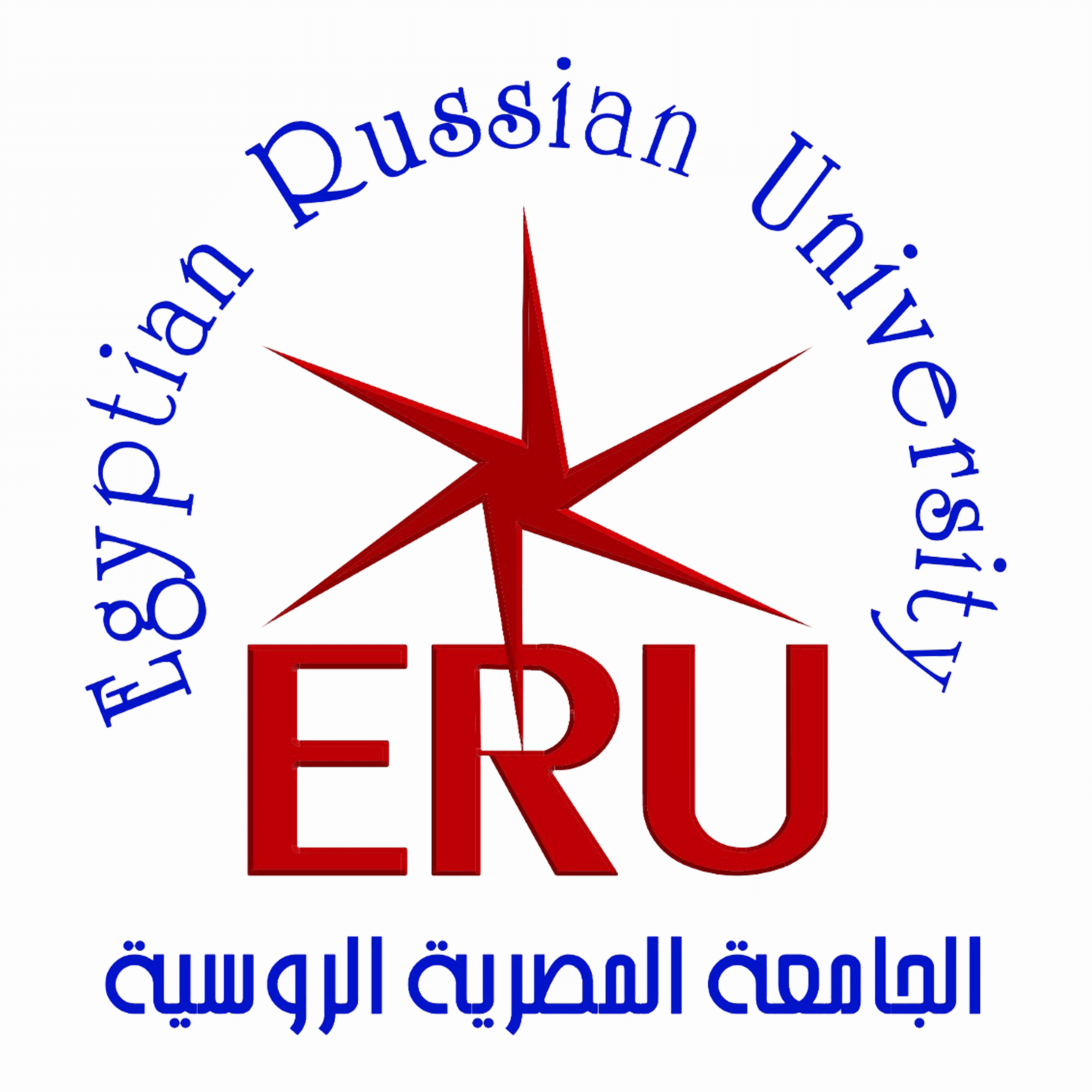


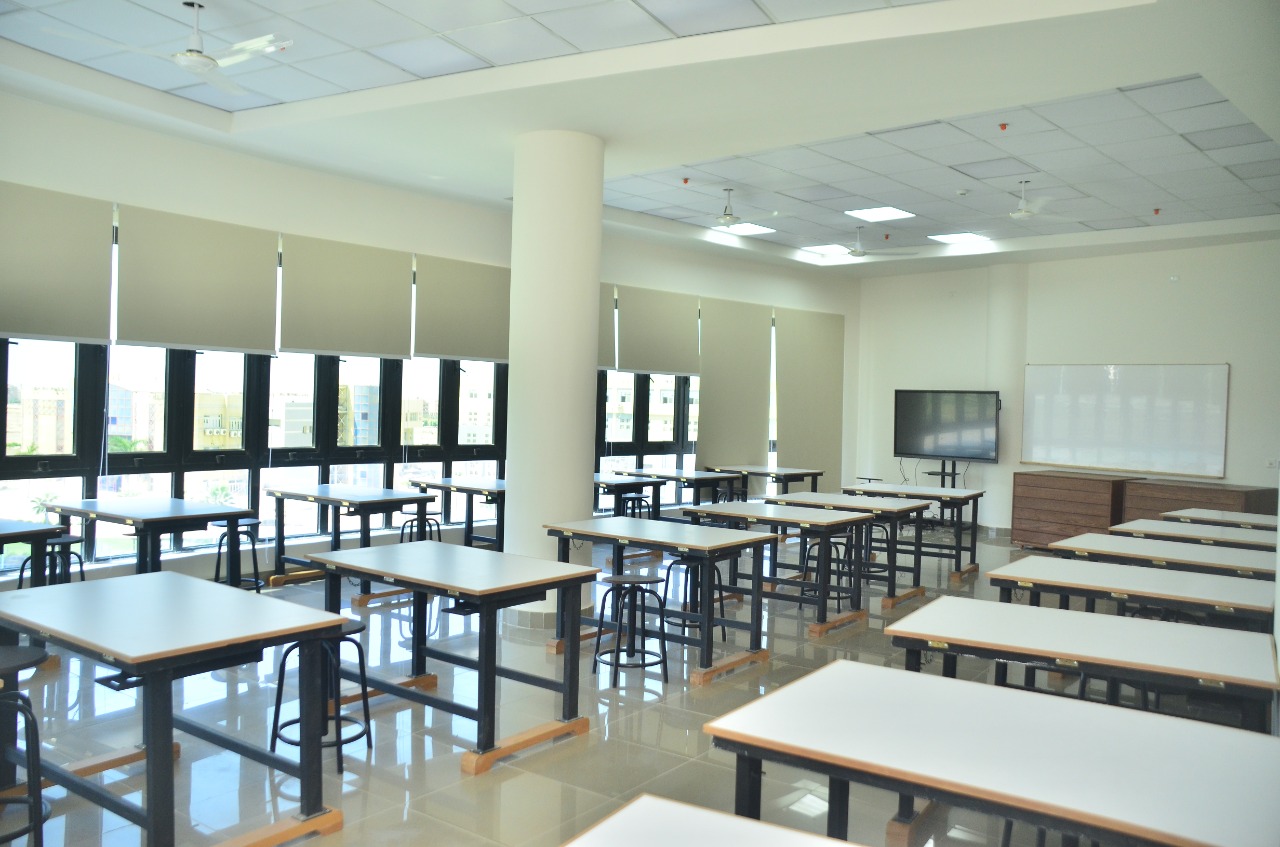
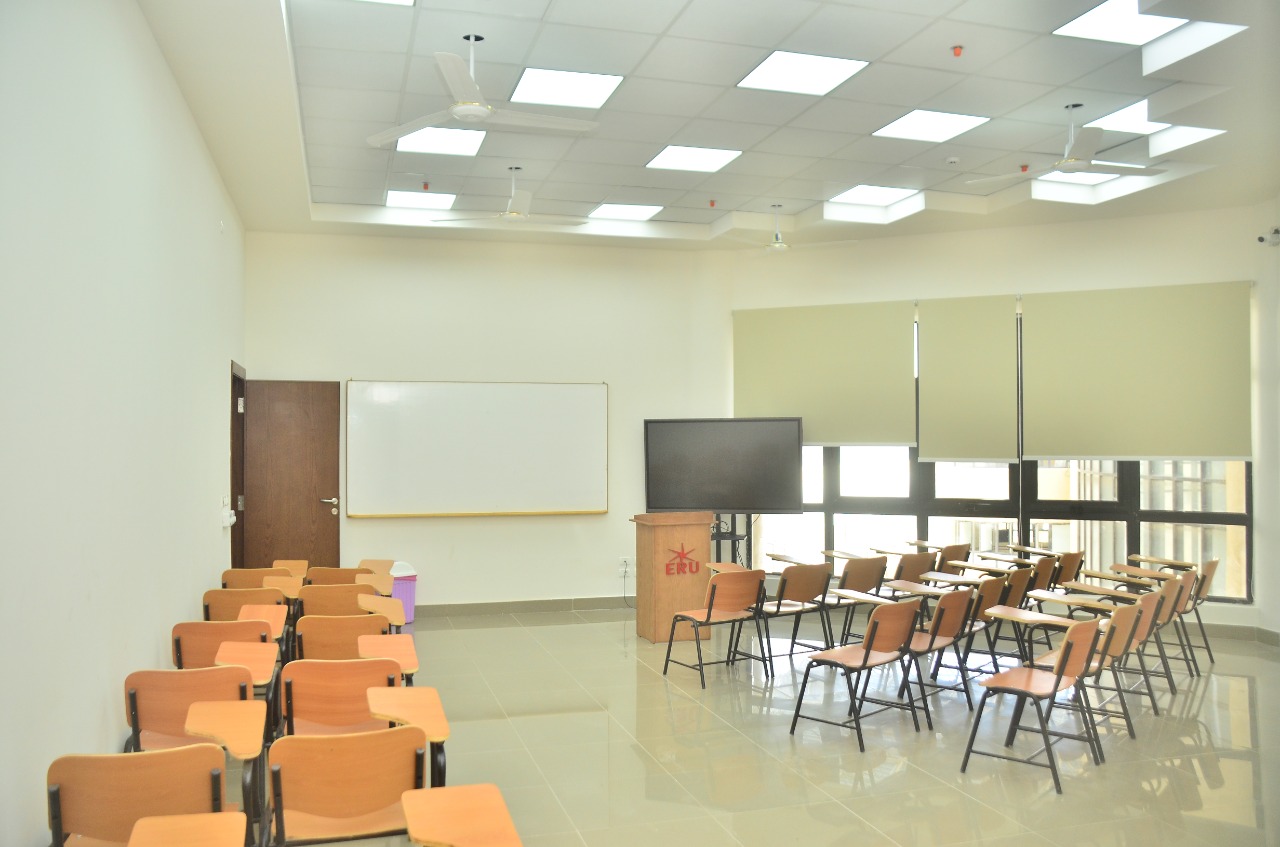
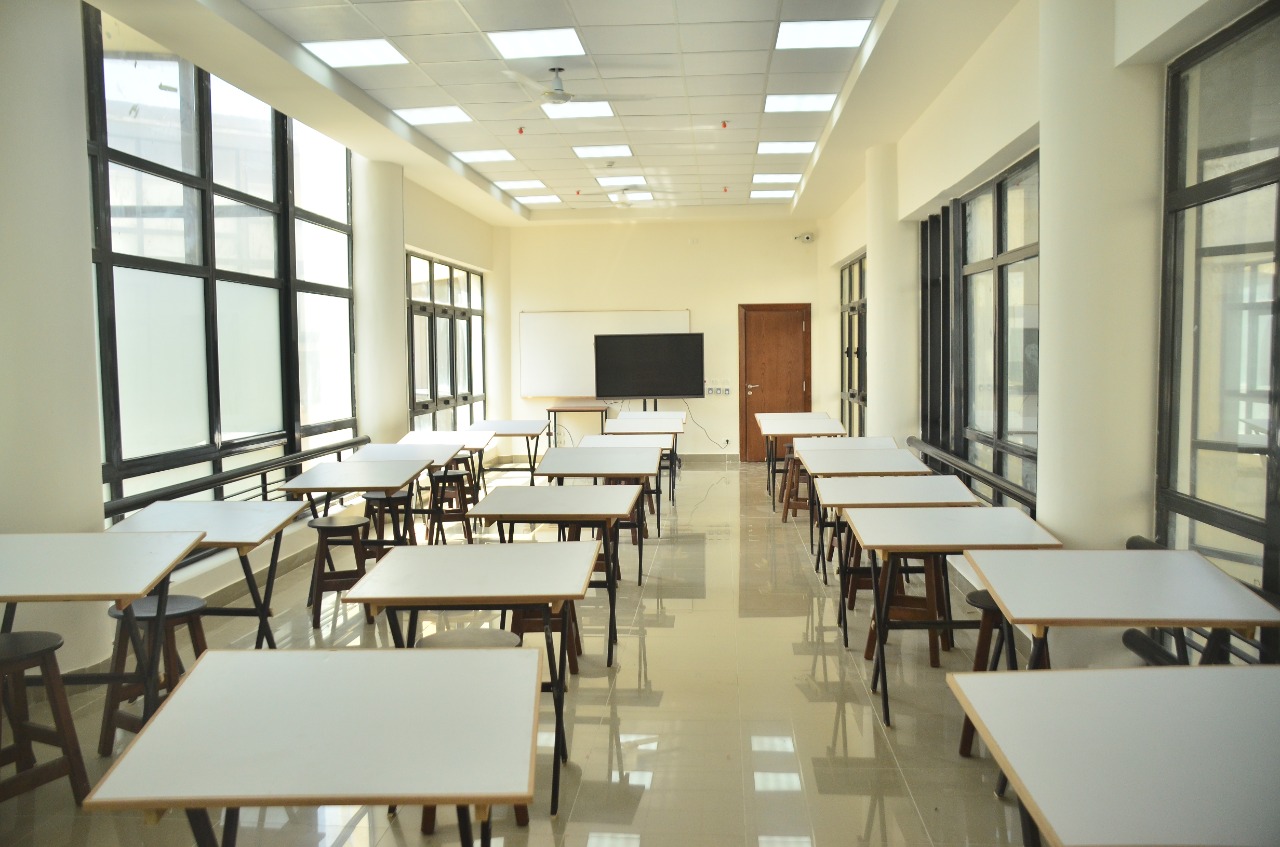
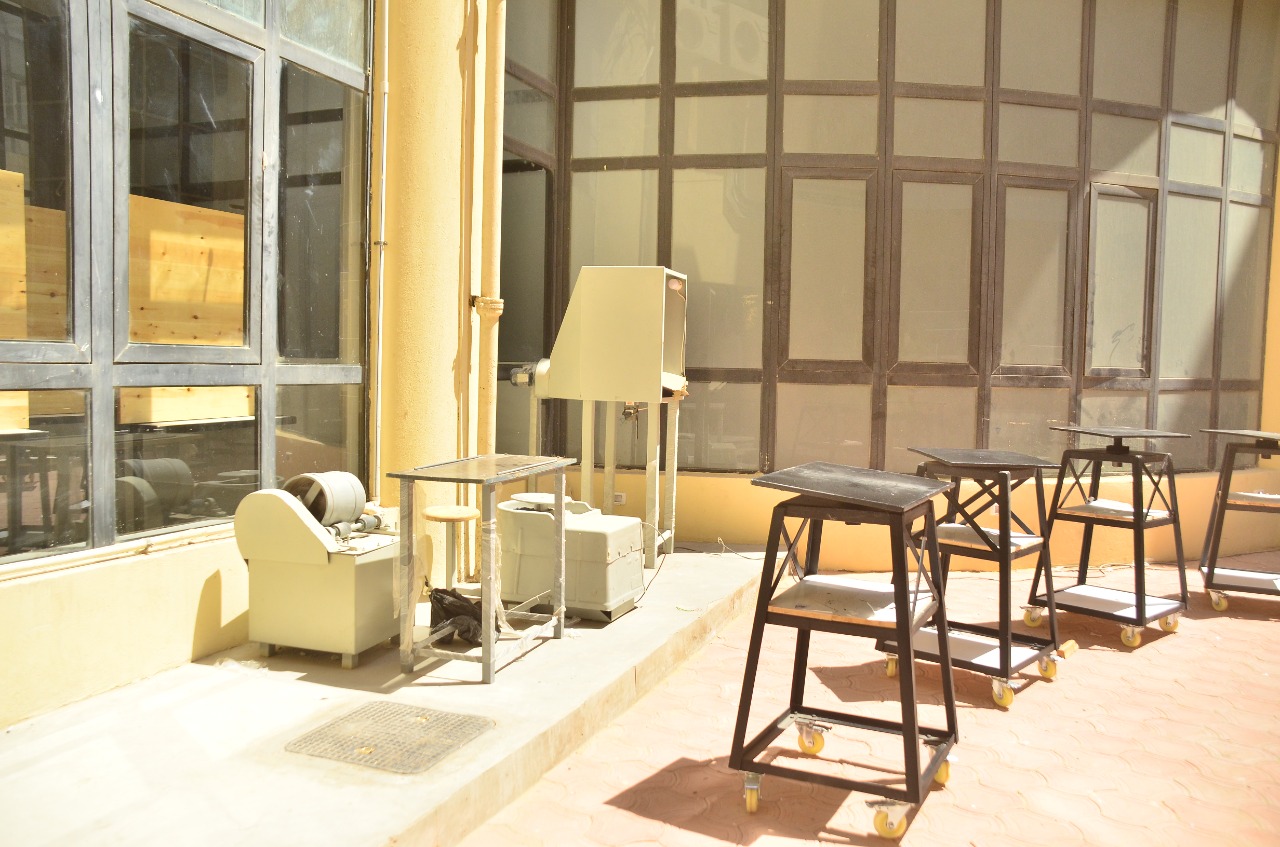
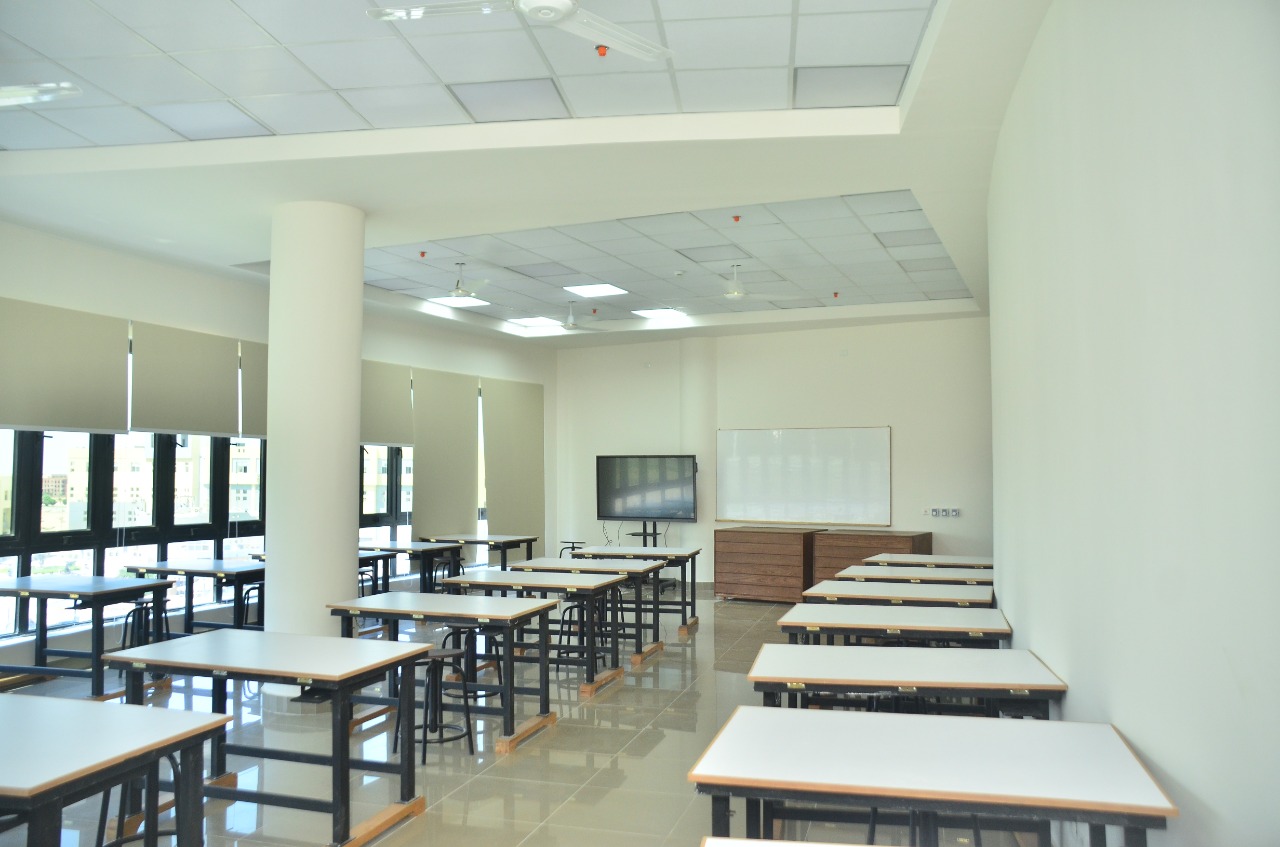
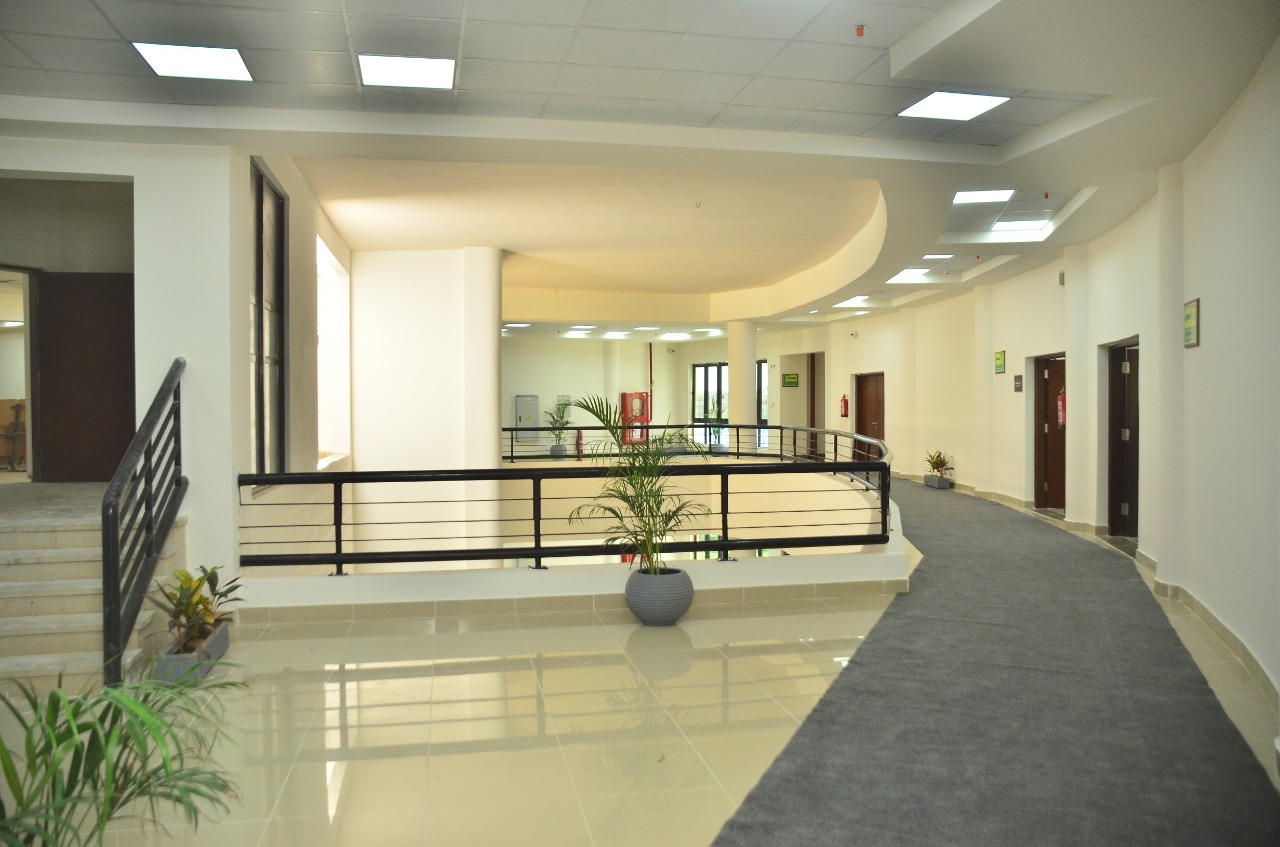
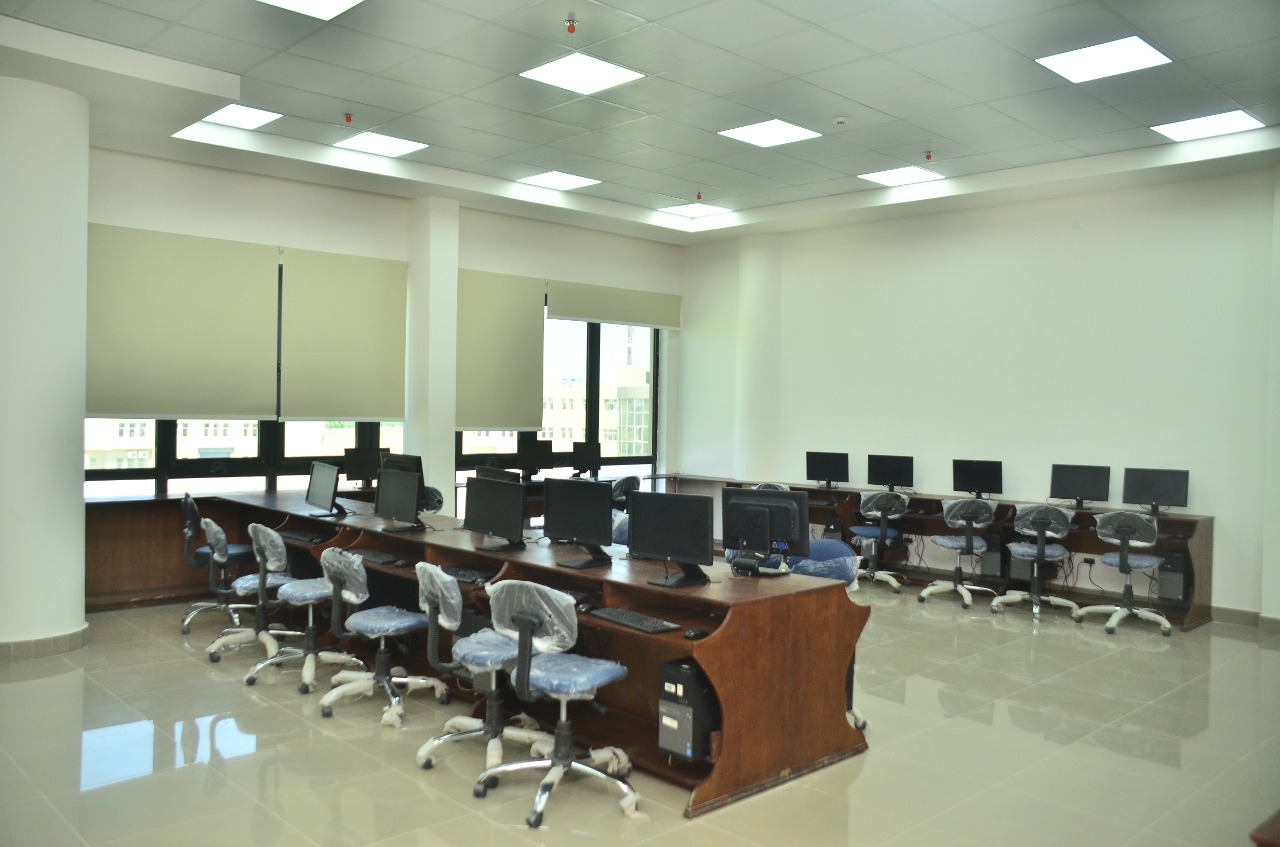
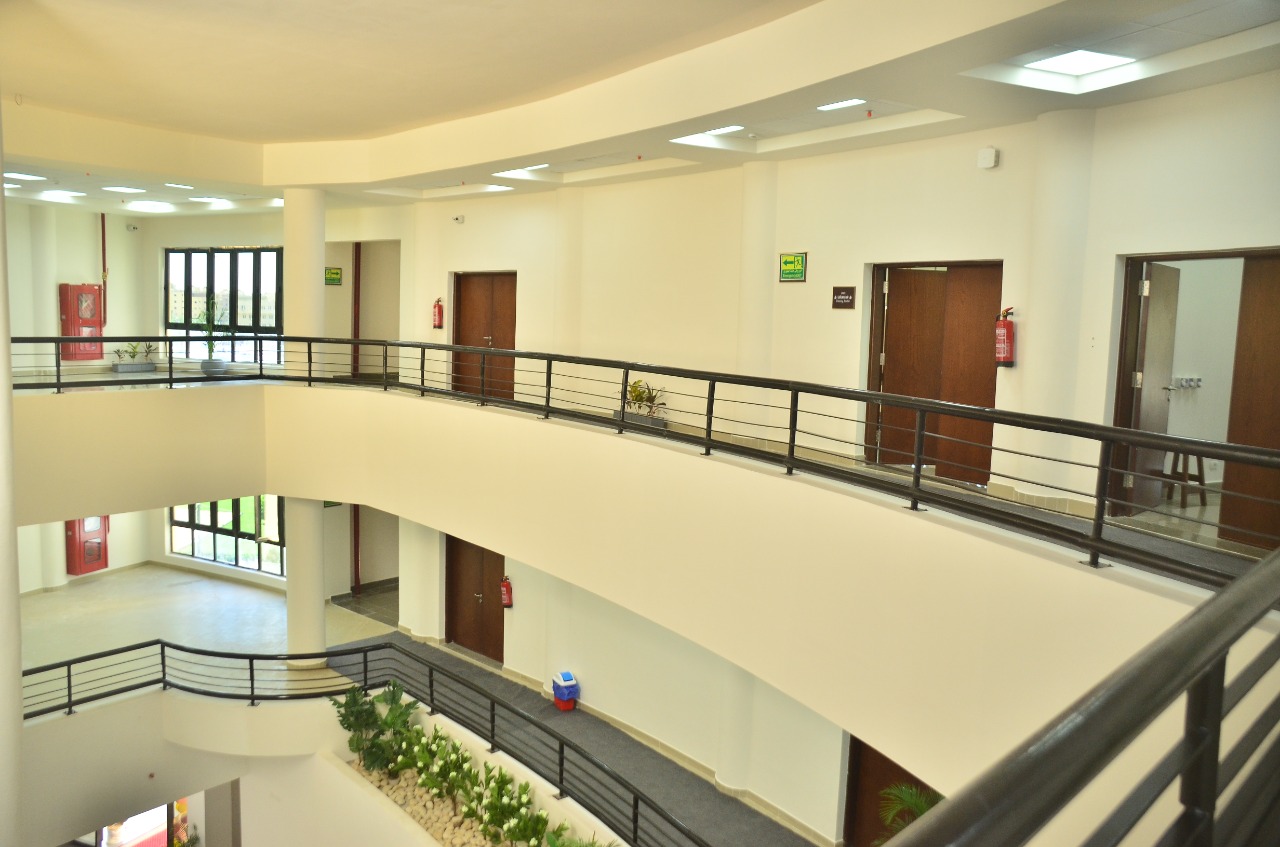
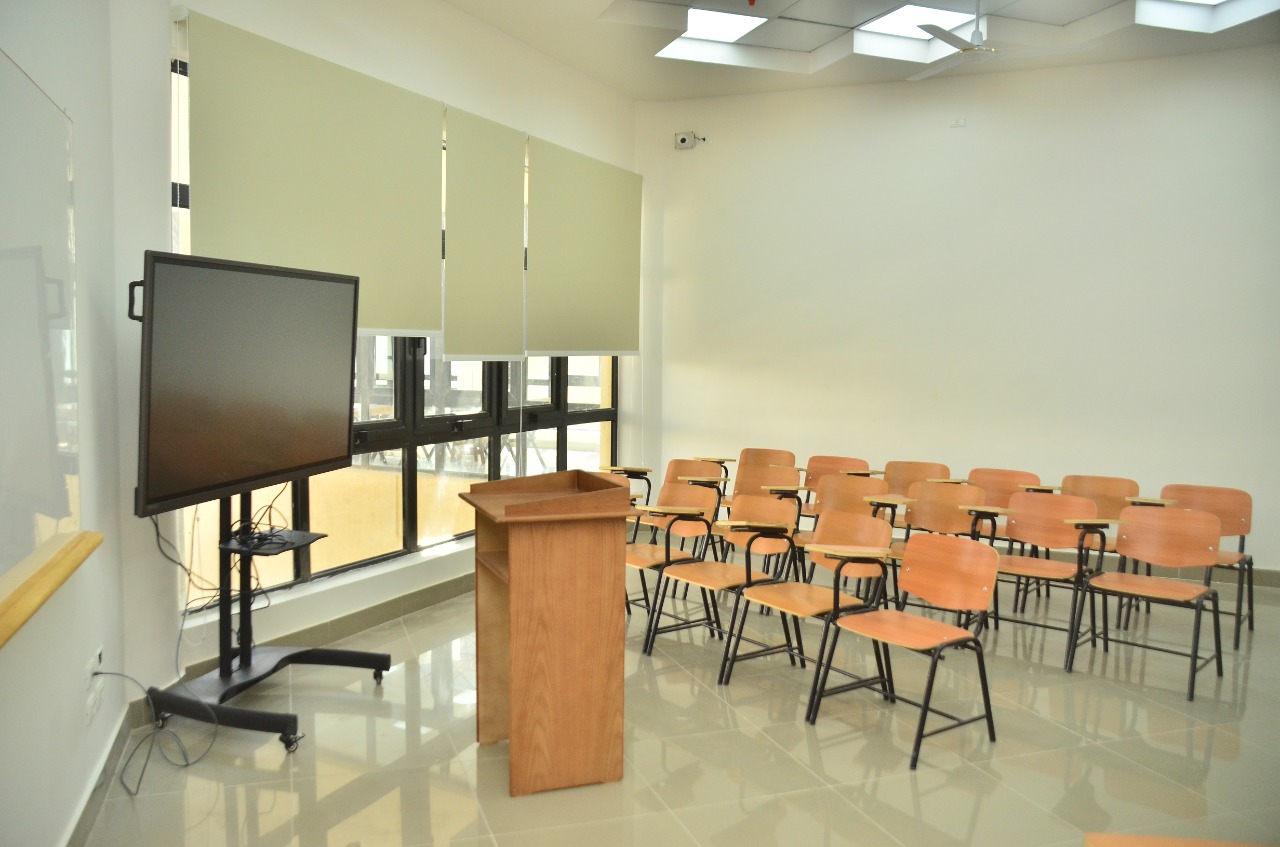
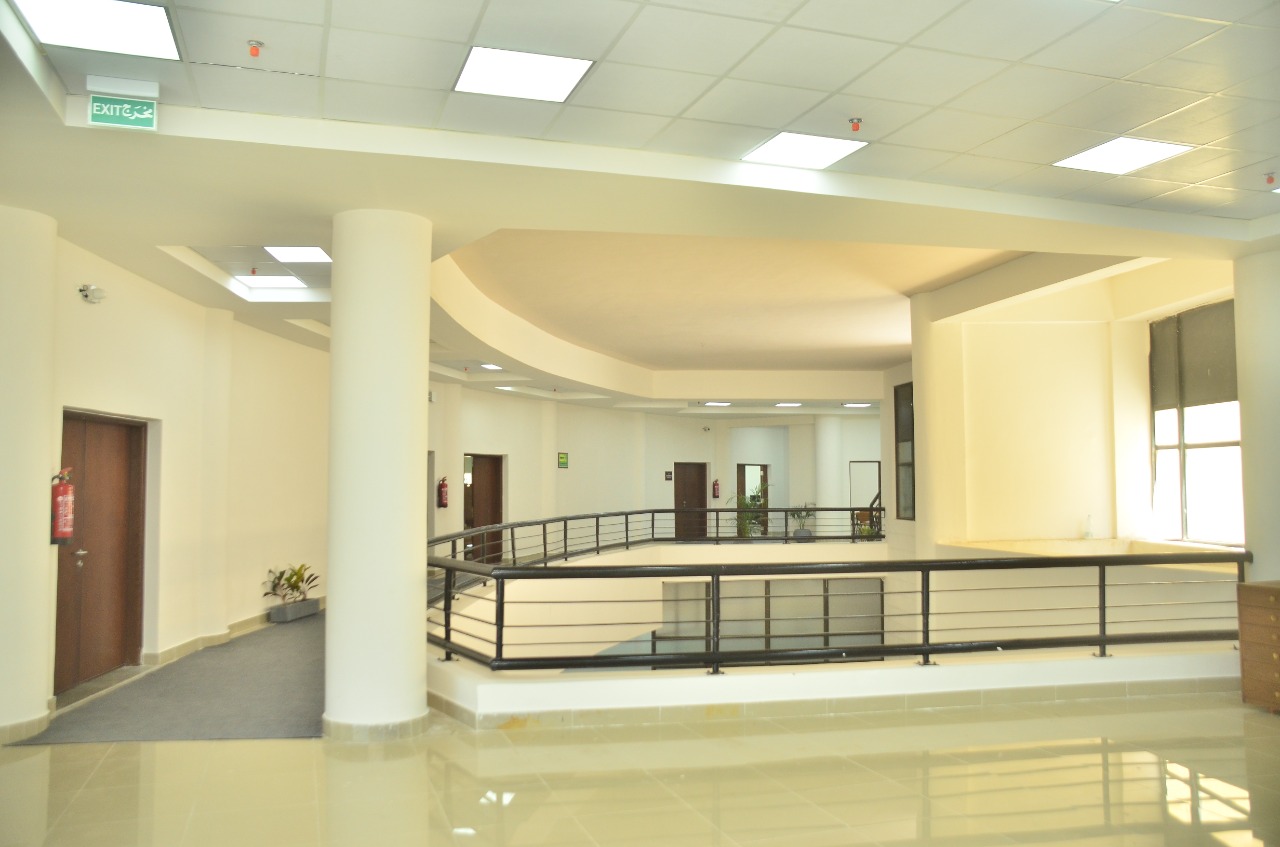
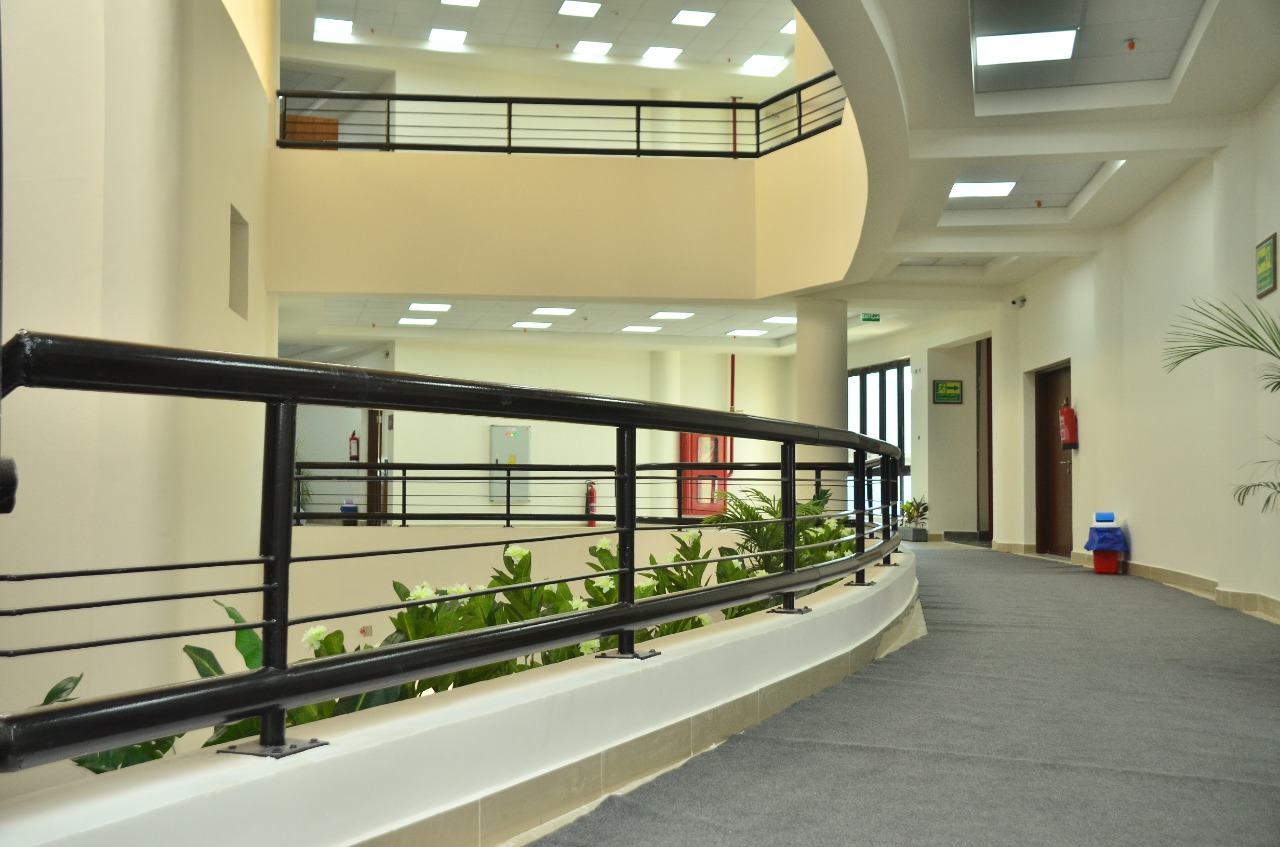
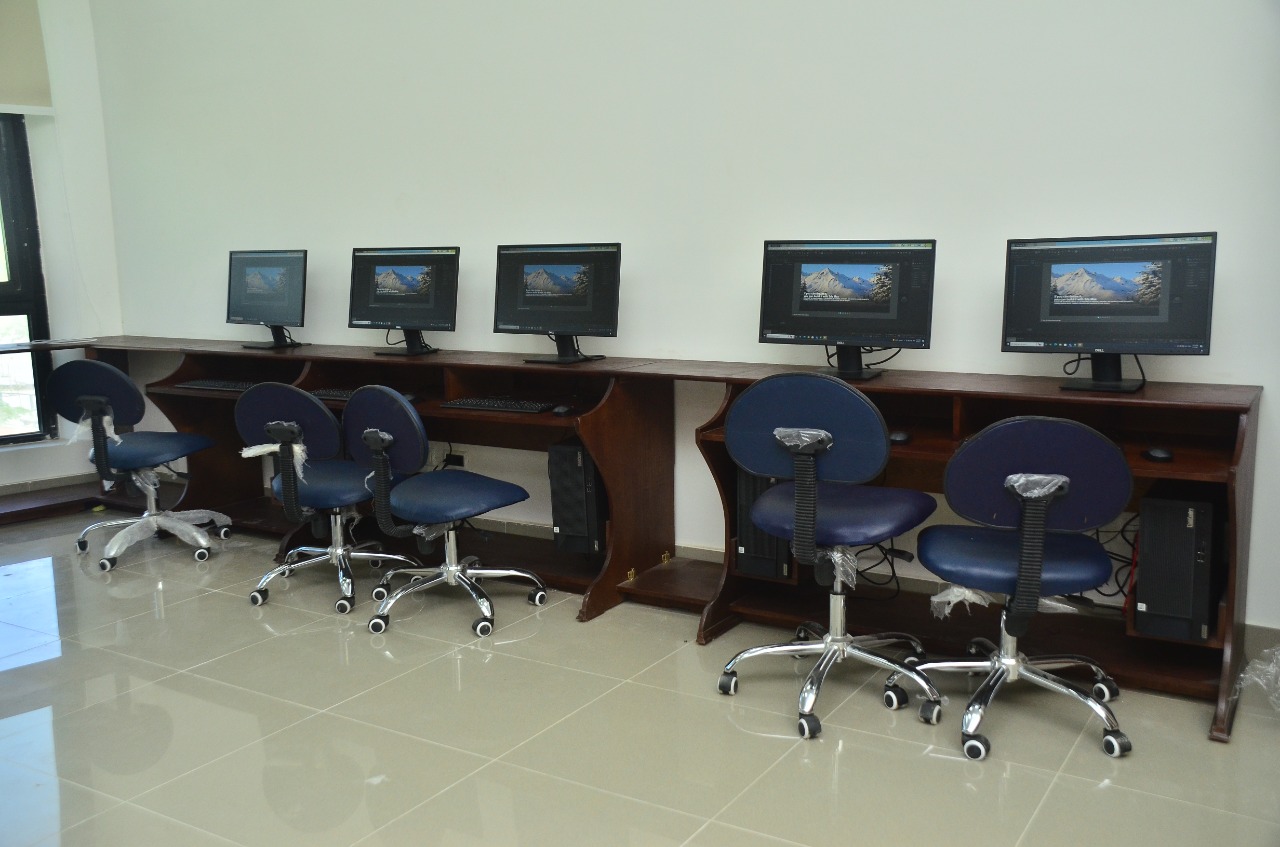
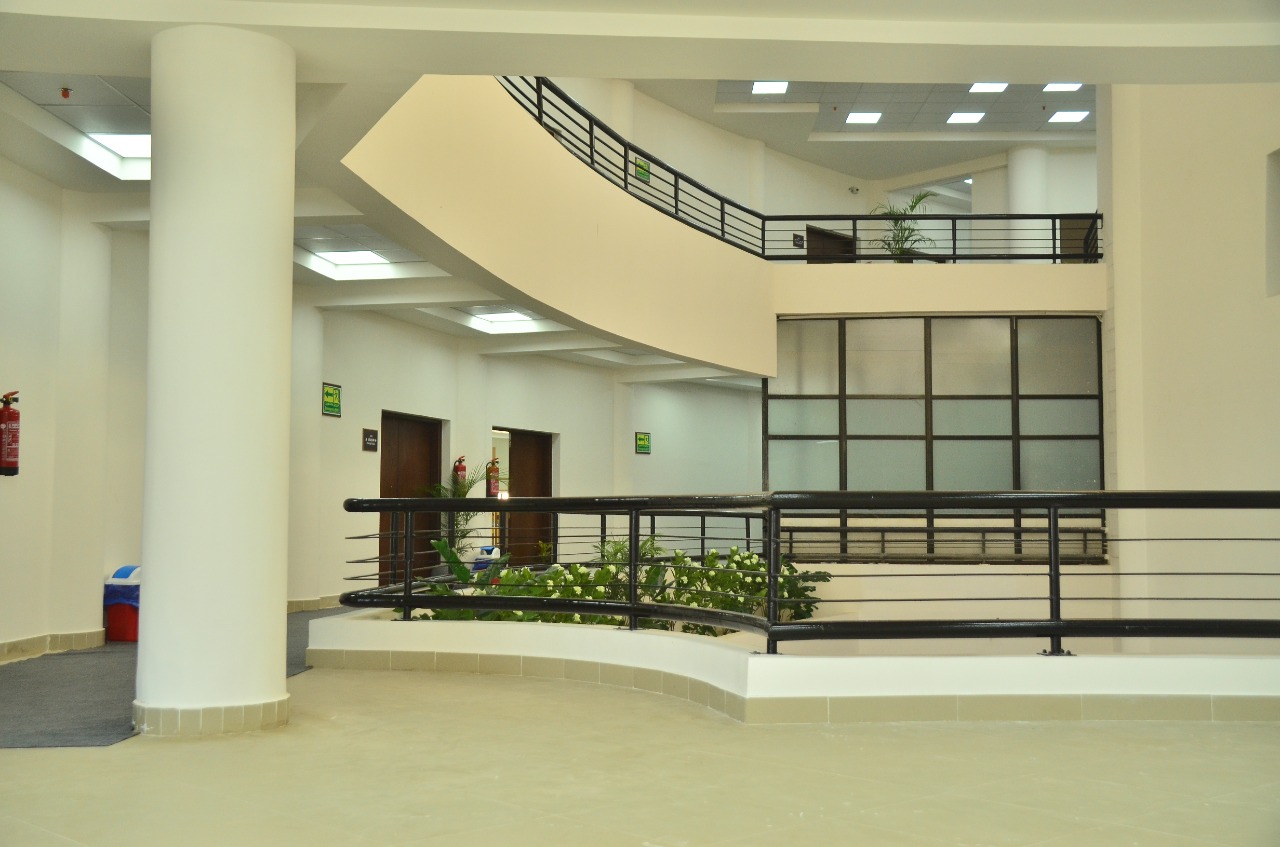
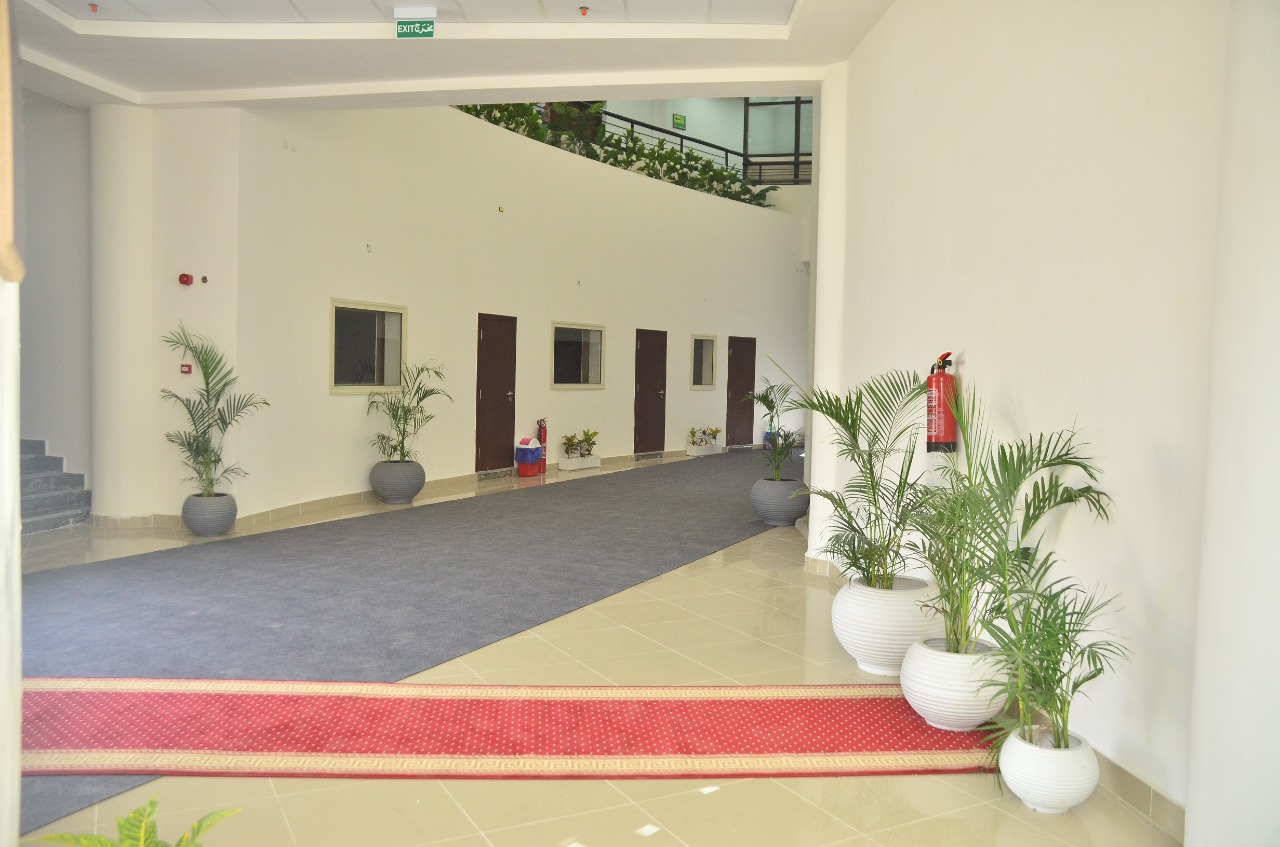
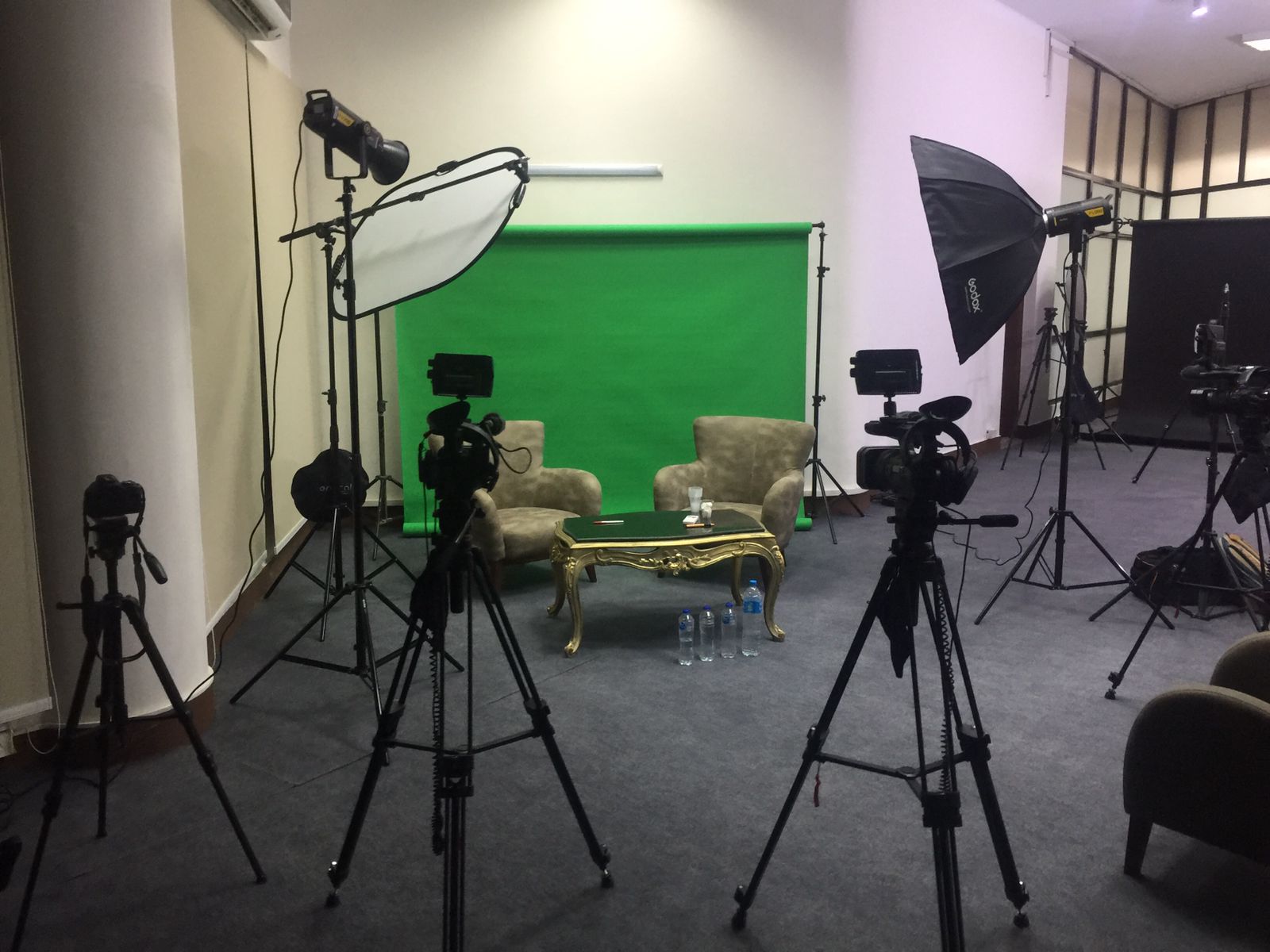
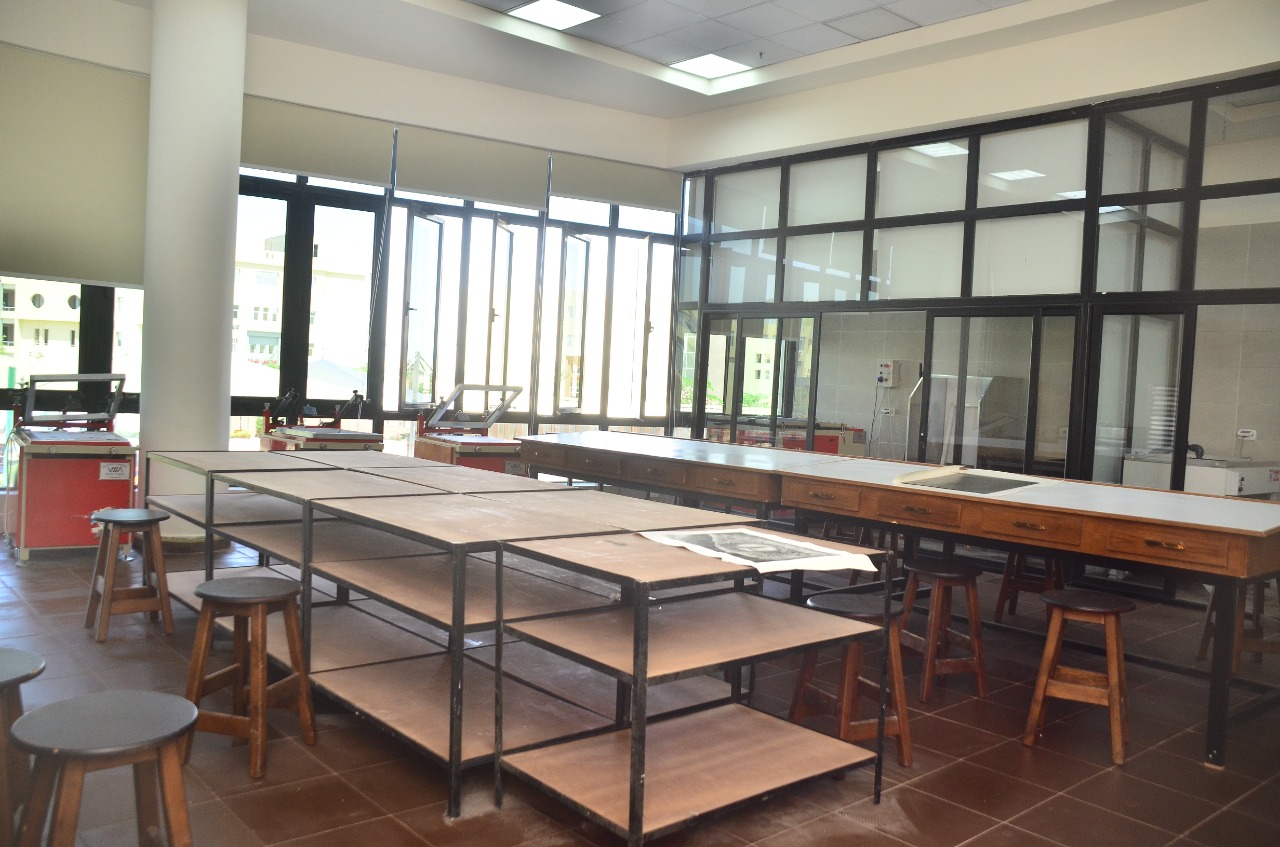
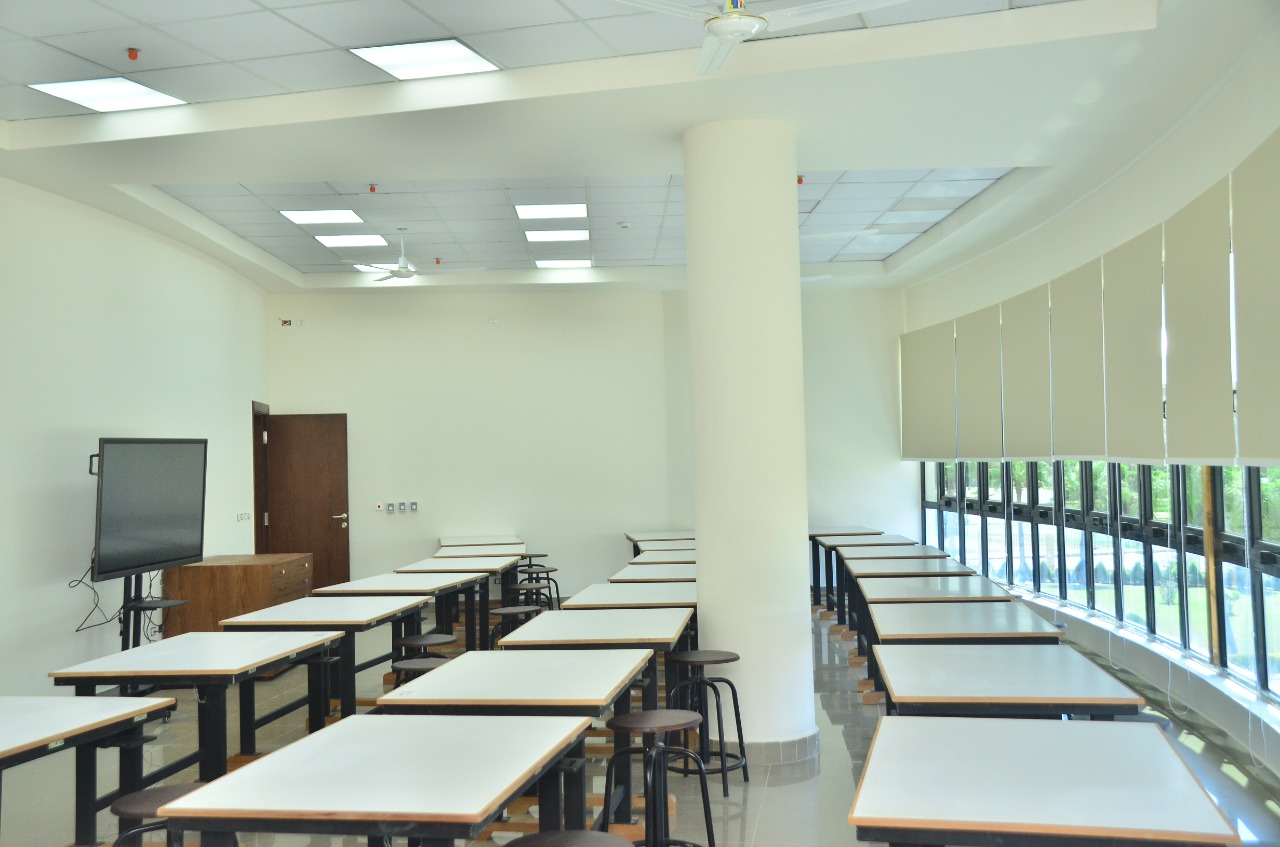
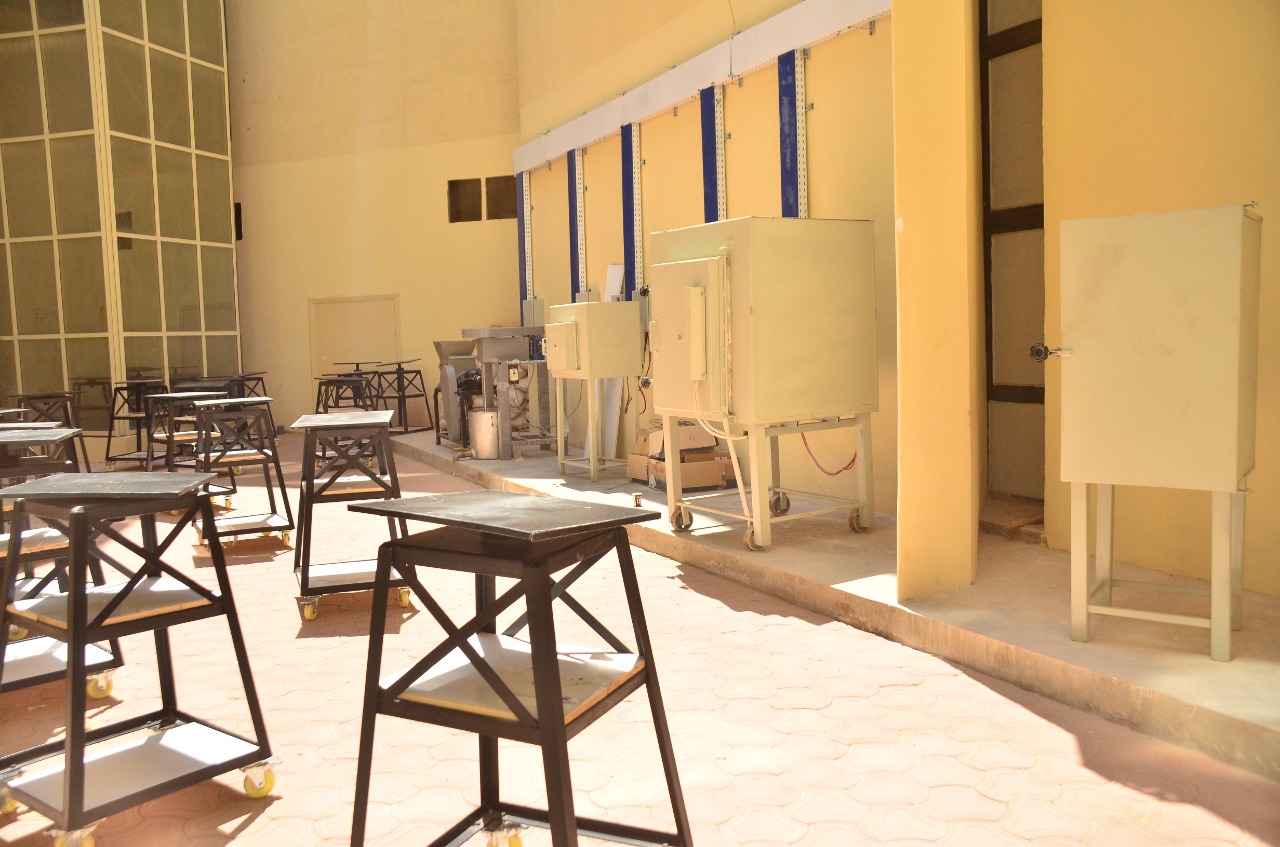
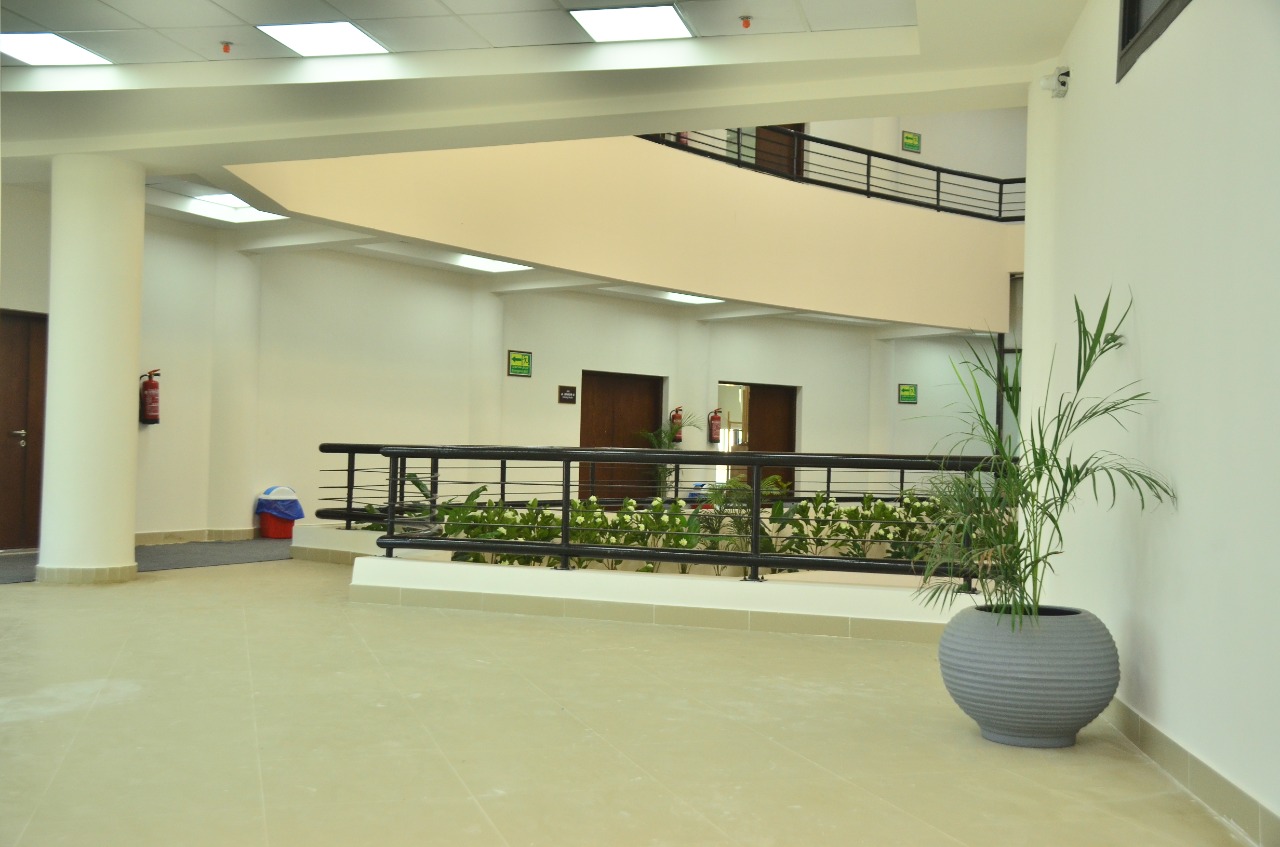
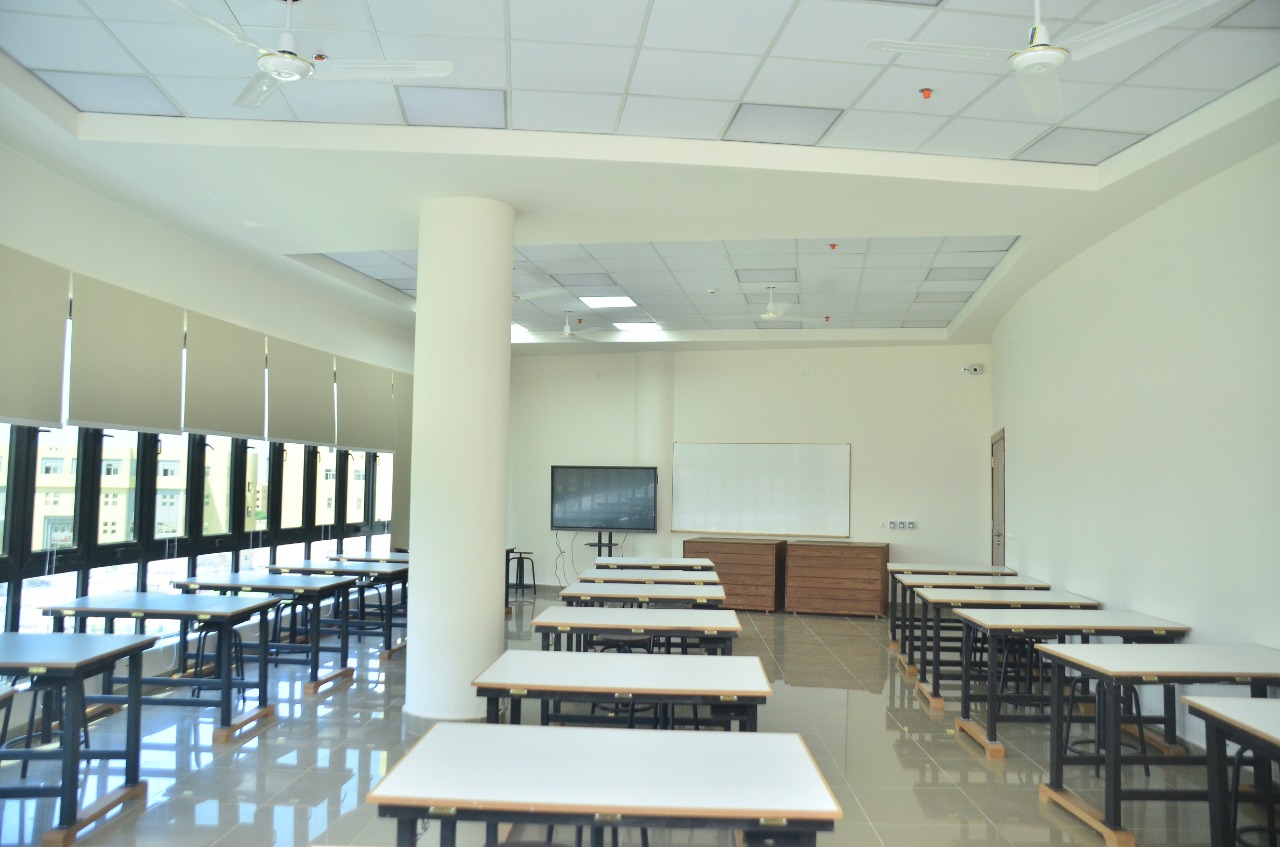
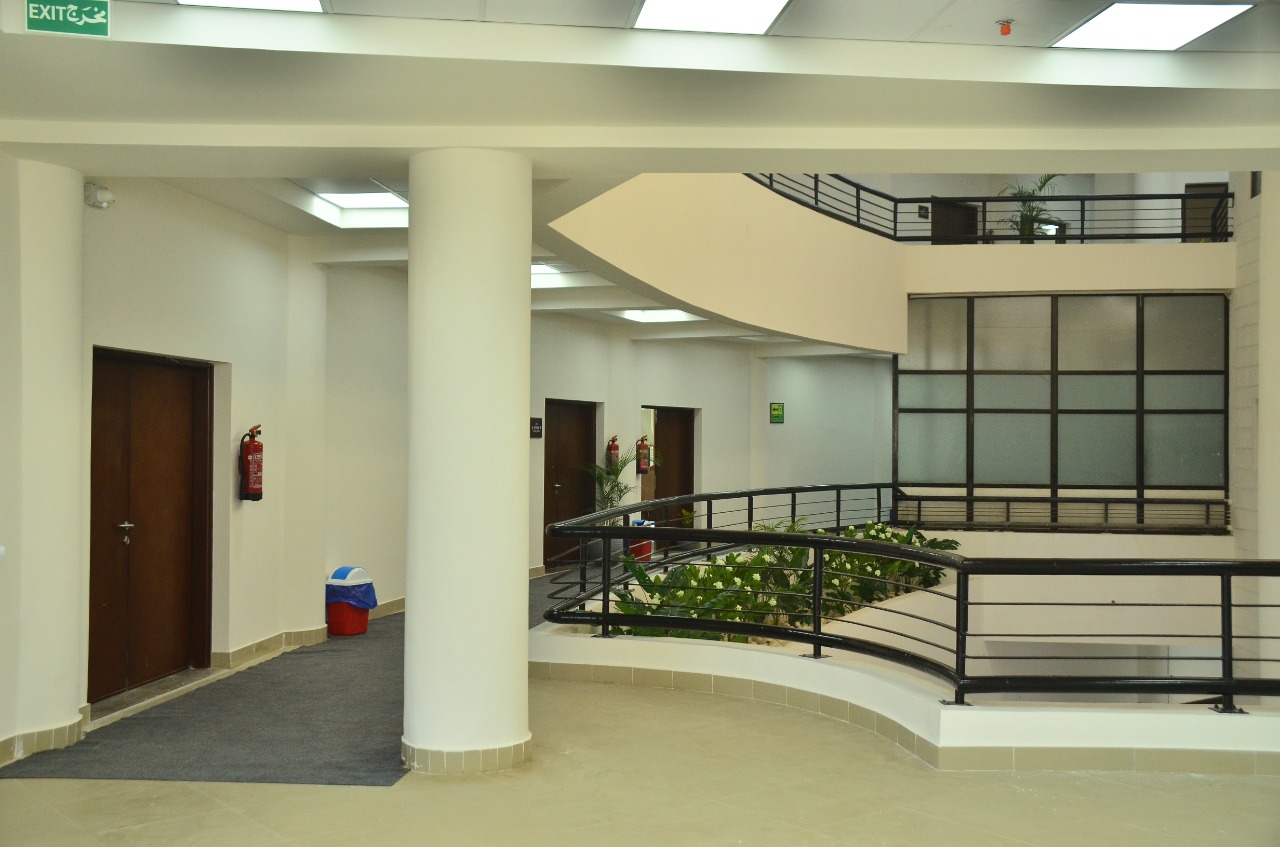
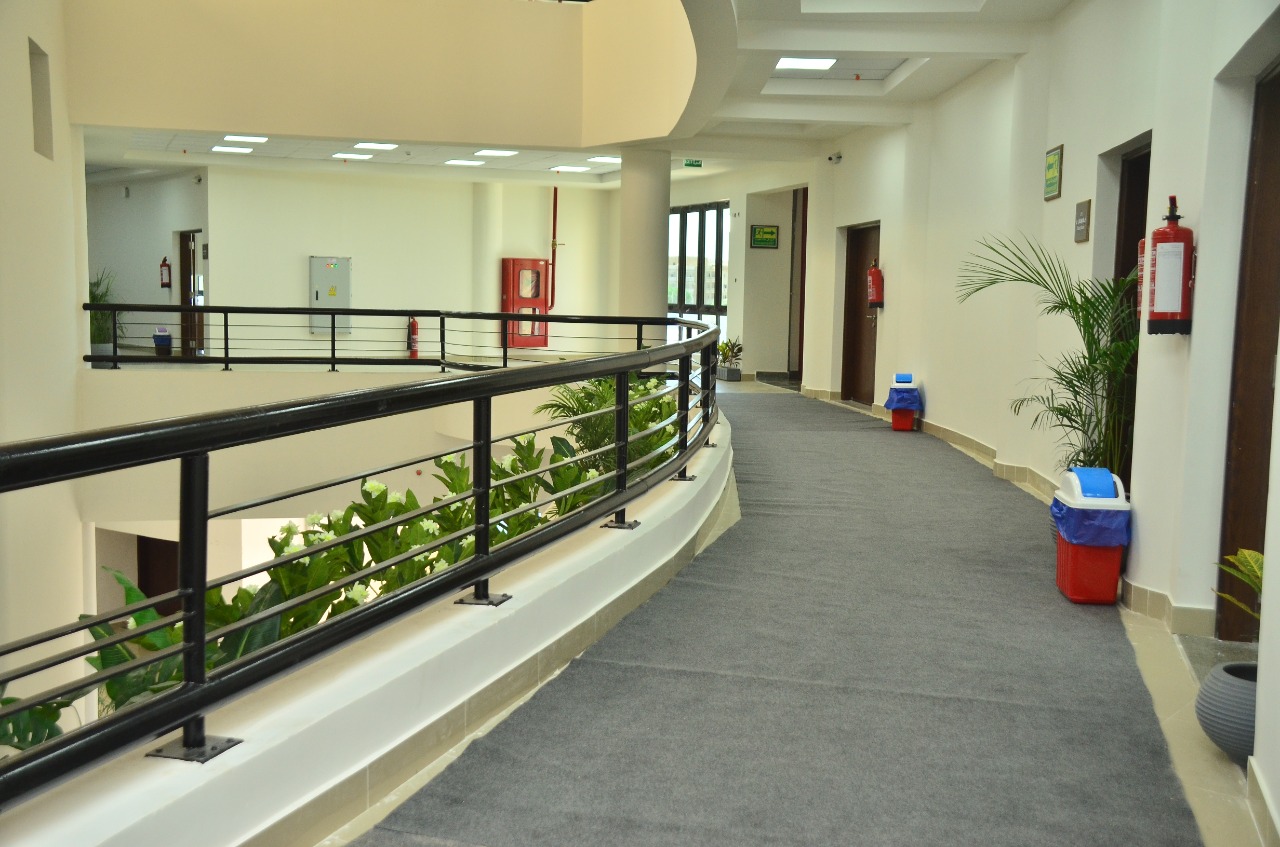
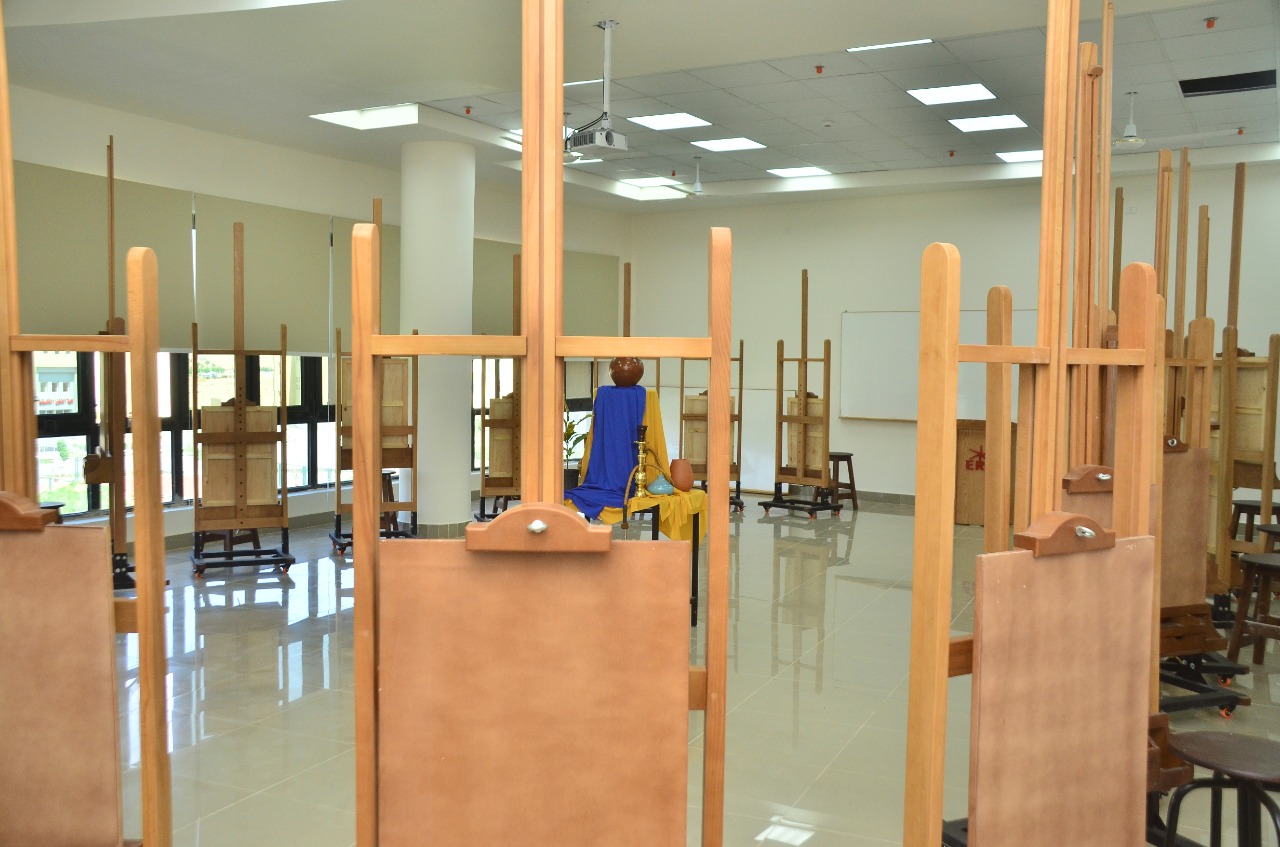
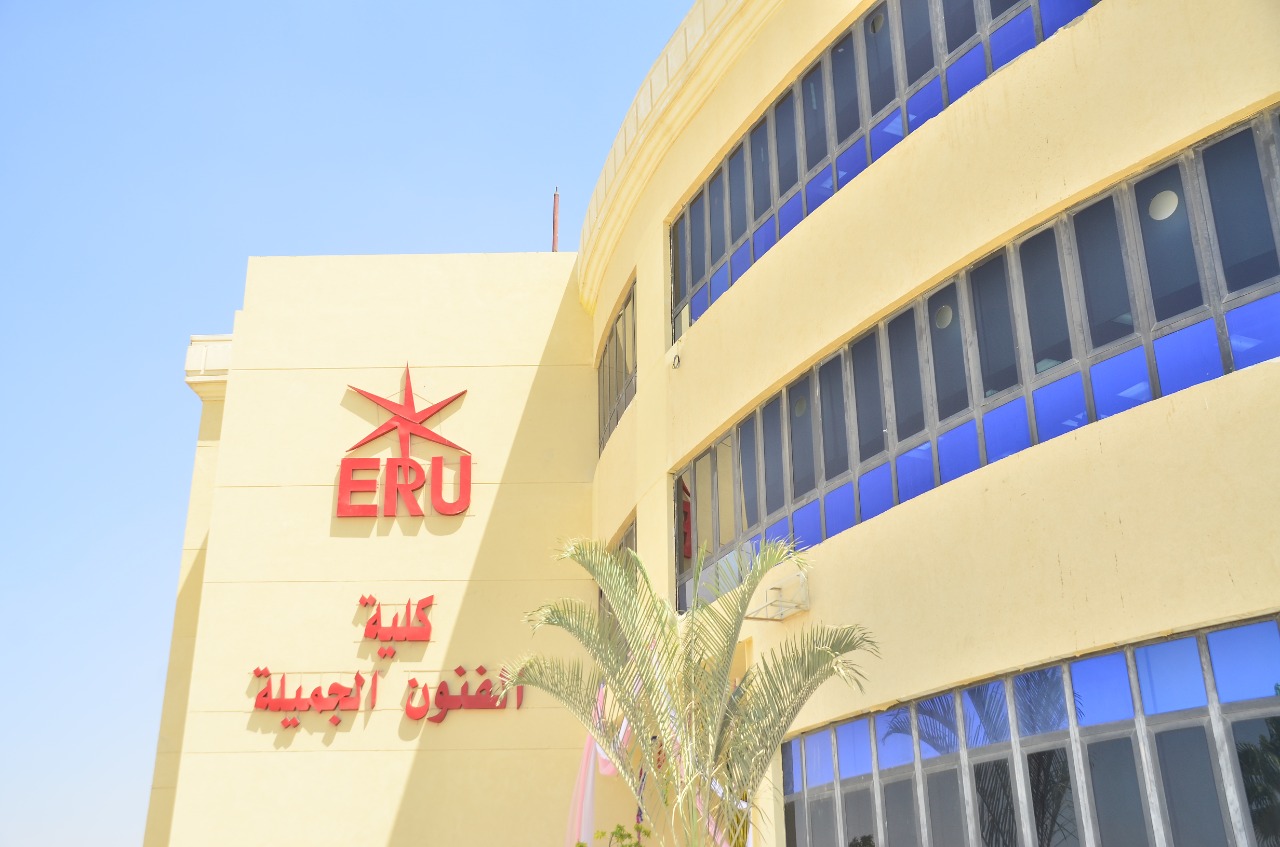
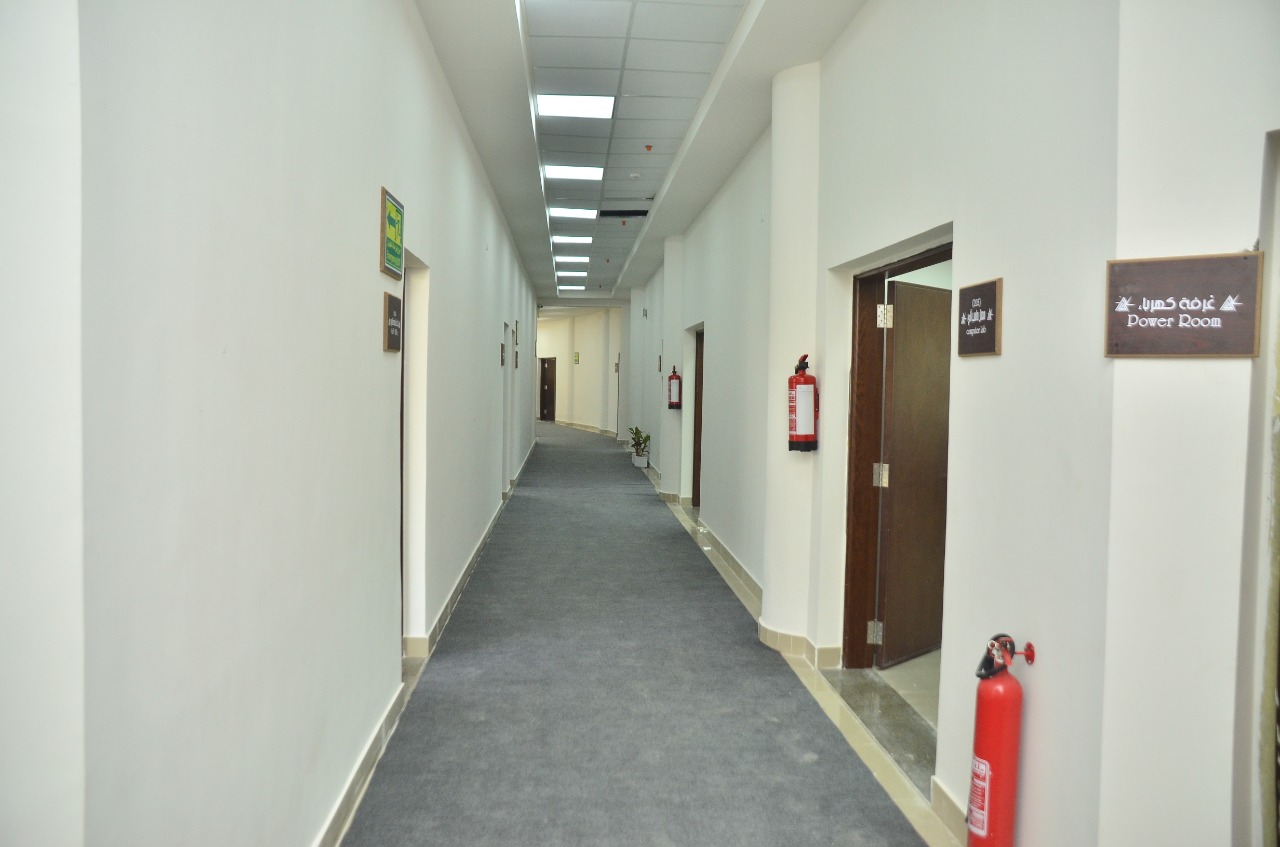
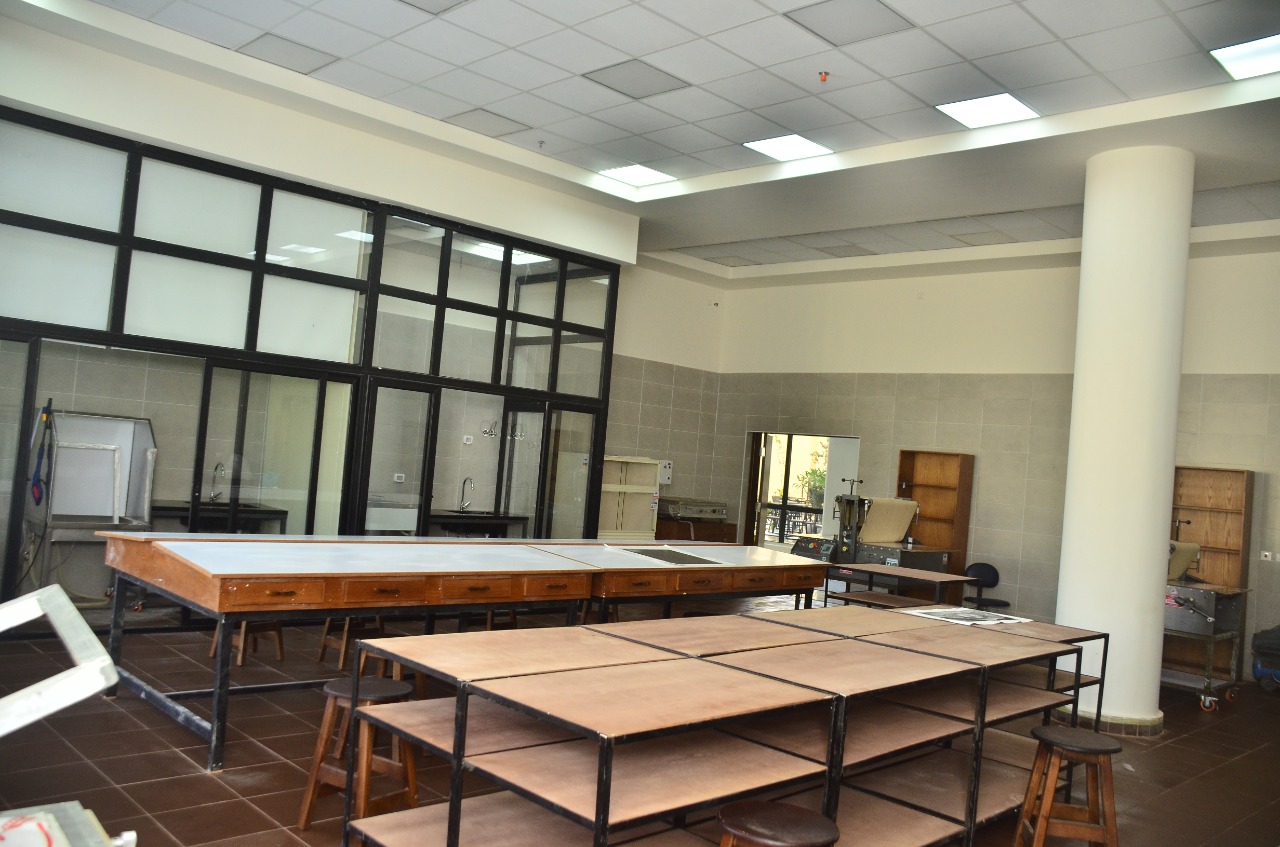
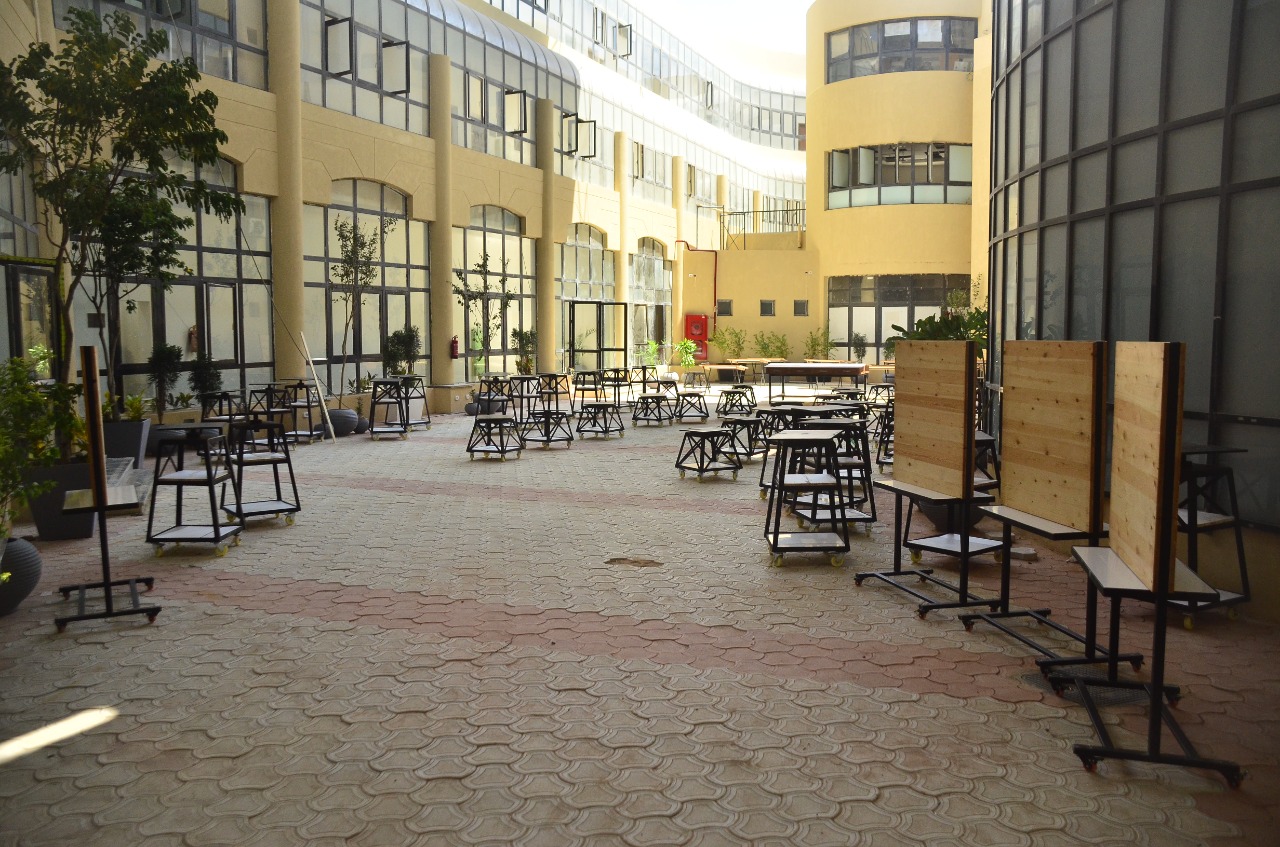
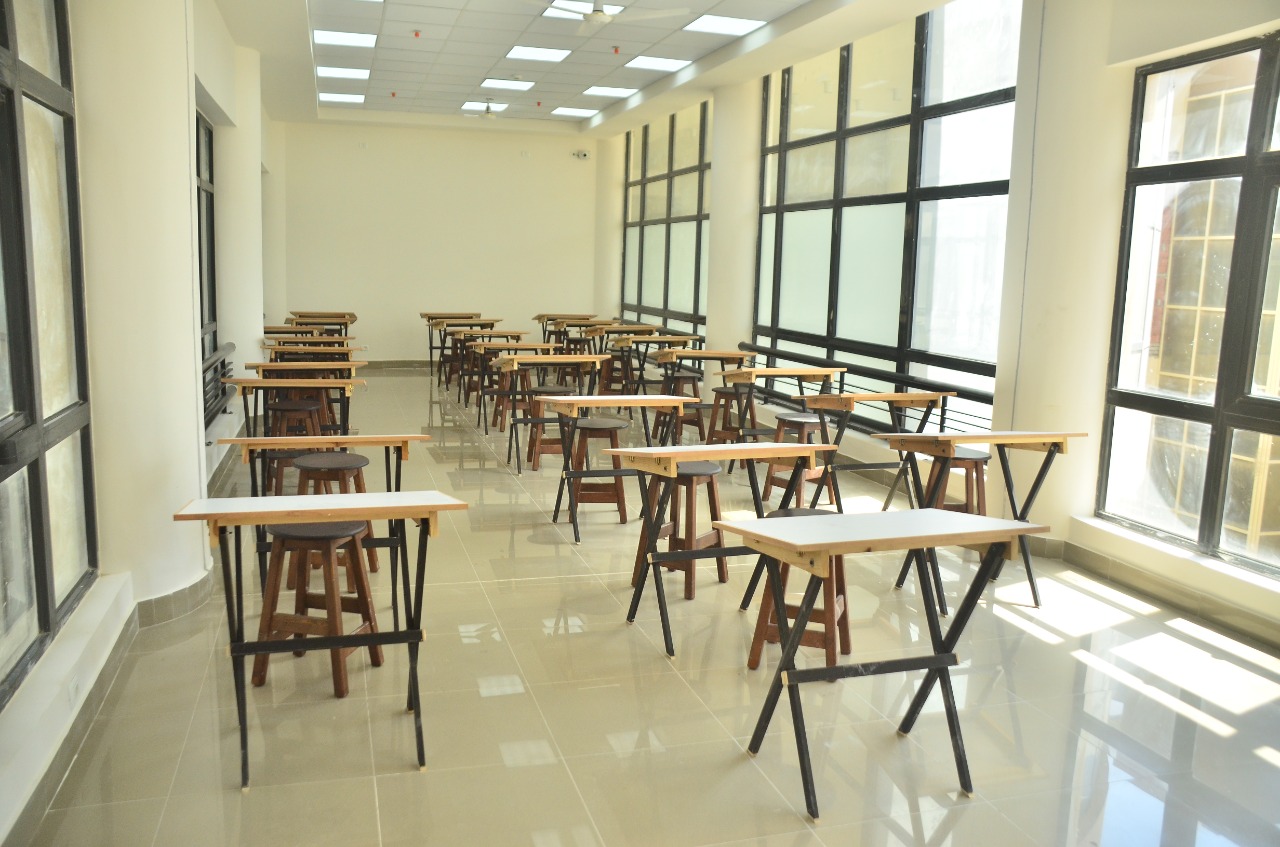
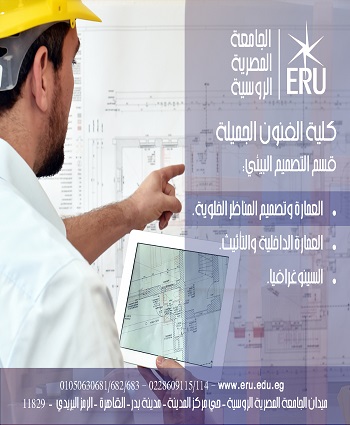
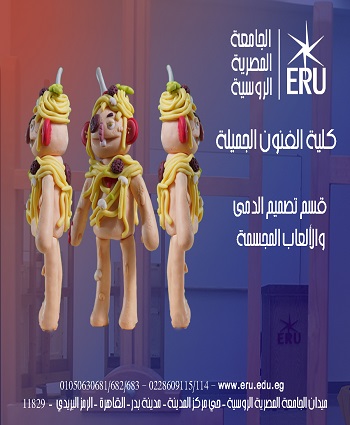
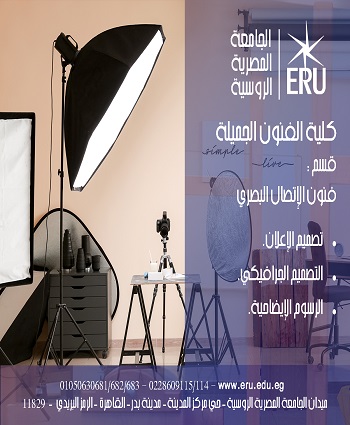
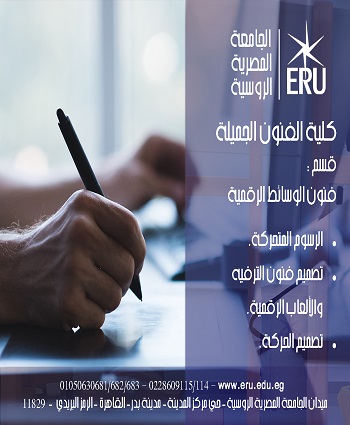
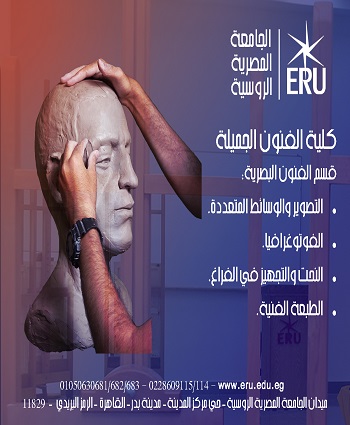






 Total Users : 336767
Total Users : 336767 Total views : 708447
Total views : 708447 Who's Online : 1
Who's Online : 1 Your IP Address : 18.189.193.33
Your IP Address : 18.189.193.33